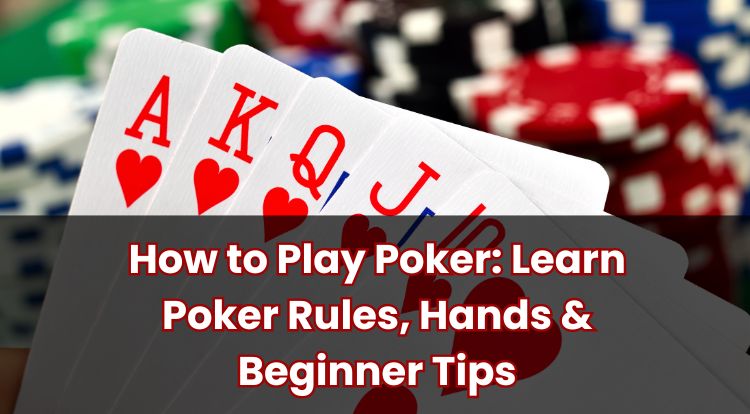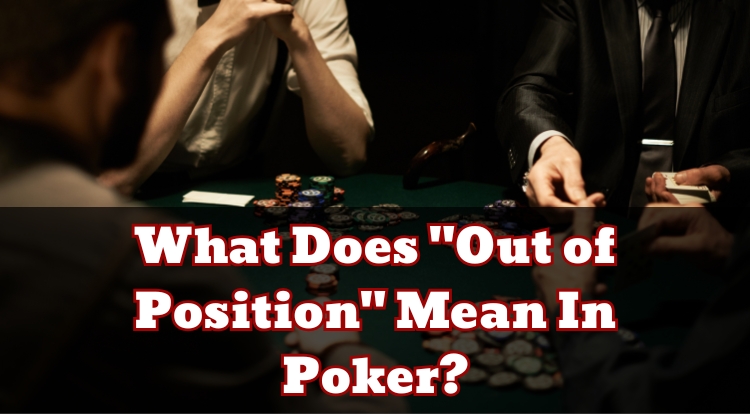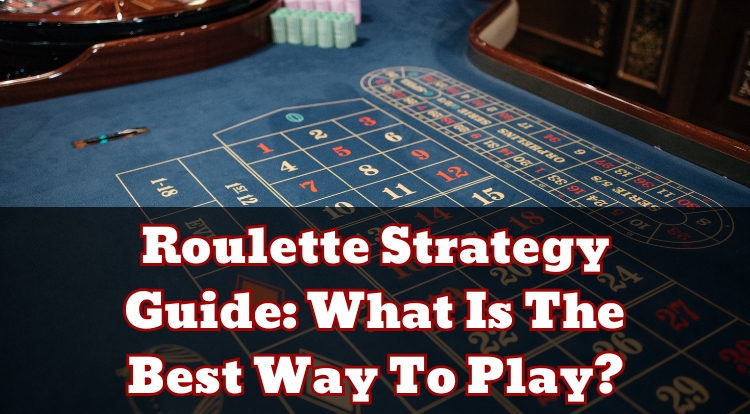Does Where You Sit At A Poker Table Matter?
Playing poker is more than just about chance and trying to achieve a good hand. It’s also about strategy and making smart choices- one of those choices is where you sit at the table.
The seat at the poker table is often overlooked, especially by beginners. Yet, it can potentially influence how you play each hand and the way you read your opponents. Being in the right position could help you make more informed decisions by letting you see how other players are betting before it’s your turn.
In this blog post, we’ll look into if the place you sit at a poker table really makes a difference. We’ll keep things simple, breaking down factors you may want to consider when playing.
How Many Players Can Sit at a Poker Table?
Poker tables come in different sizes, and the number of players can vary. Generally, a standard poker table seats around 9 or 10 players- this is common for games like Texas Hold’em, which is popular in both casinos and home games.
If there are fewer people, you might find tables suited for 6 players, often called “six-max” tables. These are designed for smaller, quicker games. There are also “heads-up” tables, which are for just 2 players. These are common in tournaments when only two players remain.
Knowing how many players are at your table can affect the game and your strategy. The number of players can influence how often you get to be in certain positions, impacting the decisions made during the game.
Does Seat Position Matter In Poker?
Yes, seat position does matter in poker. Your position can influence the way you play your hand.
The poker table is split into early, middle, and late positions. Early positions sit close to the dealer button and have to act first. This might mean making decisions with less information about other players’ actions.
Middle positions are in the middle of the table order. Here, you might have more information than those in early positions, but less than those in late positions.
Late positions, especially the dealer button, have a strategic advantage. Players here act after seeing what the others have done. This can give them more flexibility in deciding whether to bet, call, or fold.
Play Slots & Online Casino Games
What Is The Best Position on a Poker Table?
The best position on a poker table is often considered to be the “button” or dealer position. This is because the player in this position acts last in most betting rounds after the flop. Acting last can potentially provide an advantage, as you get to see how other players are betting before making your decision.
There are also the “cut-off” and “highjack” seats, which are just before the dealer. These can be good positions too, giving you more information about opponents’ moves compared to players in earlier positions.
Positions like the “small blind” and “big blind” are usually less favourable. Players here have to act first in most rounds and commit chips without seeing other players’ actions.
Being in a later position allows you to see the actions and reactions of other players, which might guide your betting strategy.
What Is The Worst Position on a Poker Table?
The “worst” position on a poker table is often considered to be the “early position.” This includes the players who must act first during a betting round, such as those in the small blind and big blind positions.
Being in an early position means you have less information about how other players may act. This can make it challenging to decide whether to bet, call, or fold, as you can’t see the strategies the other players have chosen yet.
The pressure to act first in each round can also lead to committing chips without knowing if other players have strong hands. This uncertainty may make it harder to form a solid strategy.
Understanding these challenges can help frame your approach to playing from this seat.
**The information provided in this blog is intended for educational purposes and should not be construed as betting advice or a guarantee of success. Always gamble responsibly.
































































